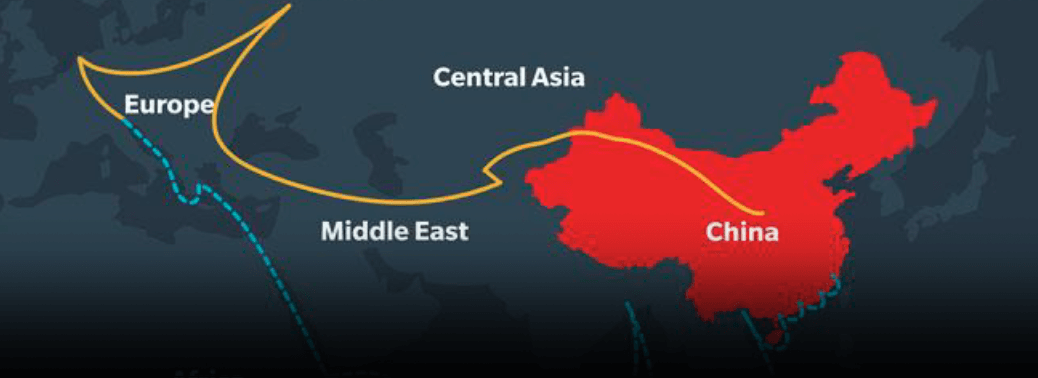TRANSPARENCY ROAD: ON INDIA-CHINA RELATIONS
01, May 2019

Prelims level : International
Mains level : GS-II Governance, Constitution, Polity, Social Justice and International Relations
Why in News:
- India and China should be guided by the Wuhan spirit, and not by differences over BRI
Details:
- Two years after the Belt and Road Initiative forum was unveiled with fanfare, Chinese President Xi Jinping’s address to the
- second BRI forum was a clear indication that Beijing is coming to terms with the pushback his ambitious project has received.
- Mr. Xi’s speech to 37 heads of government and the UN Secretary General and the IMF Managing Director had many significant takeaways, including a stated commitment to “transparency and sustainability” of BRI projects, and to greater debt sustainability in the “financing model” of the Belt and Road under new guiding principles.
- Since 2017, India, the U.S. and other countries have been critical of the lack of transparency with which many of the BRI projects were negotiated with governments.
- Sri Lanka, the Maldives, and Malaysia had second thoughts on some of the infrastructure projects over fears of a “debt trap”, and allegations of corruption in BRI projects became election issues.
- European Union Ambassadors to Beijing issued a statement saying the BRI ran “counter” to their agenda for liberalising trade and “pushed the balance of power in favour of subsidised Chinese companies”.
- After Central Asia and South East Asia, China’s biggest foray is into Europe, and the
- criticism did not go unheeded by Beijing.
- China agreed to renegotiate terms on projects, reached out to regional organisations like the Arab and African forums and the EU, where Premier Li Keqiang pledged to “respect EU rules and standards” at a summit of “17+1” Central and Eastern European countries that are part of the BRI
Concerns
- While Mr. Xi’s words on transparency and inclusivity will be welcomed in India, they don’t address New Delhi’s main concern over the BRI, of sovereignty.
- India’s objection to the China-Pakistan Economic Corridor (CPEC)is that it runs through parts of Pakistan Occupied Kashmir, and this has led to the government’s decision to stay away from the summit. India’s other concern over the BRI’s inroads in South Asia will also grow: at the summit, China listed the China-Myanmar Economic Corridor and the Nepal- China Trans-Himalayan Multi-dimensional Connectivity Network, and the CPEC as focus areas. India has abandoned its sharp rhetoric against the BRI this time compared to 2017, and China issued statements saying it would not allow the decision to affect the bilateral relationship.
- This was an indicator that both would rather be guided on the issue by the Wuhan spirit than by the deep differences they continue to have over the BRI project.
Belt and Road Initiative
- The Belt and Road Initiative is a Chinese foreign policy initiative promoted by president Xi Jinping in 2013. Initially the idea of Silk Road Economic Belt (SREB) and Maritime Silk Road (MSR) was put forward. Subsequently, the two projects together came to be known as ‘One Belt One Road’ (OBOR) Initiative. Later, it came to be known as Belt and Road Initiative (BRI). Aim of BRI: Build a trade, investment, and infrastructure network connecting Asia with Europe and Africa along the ancient trade routes






